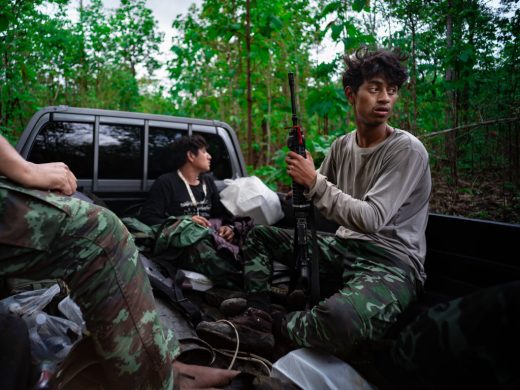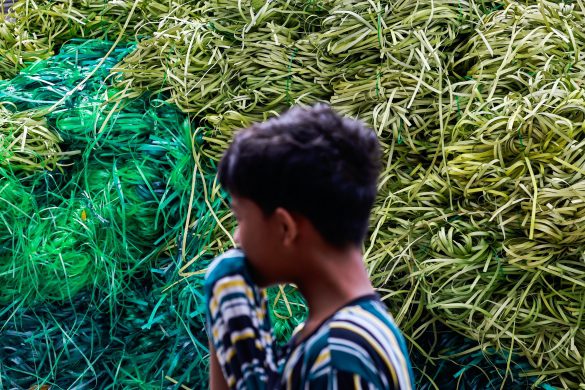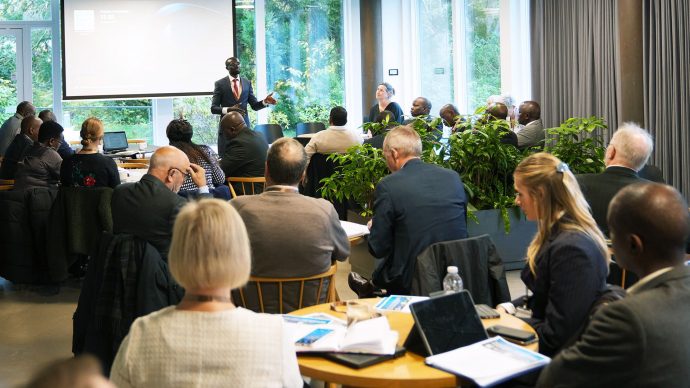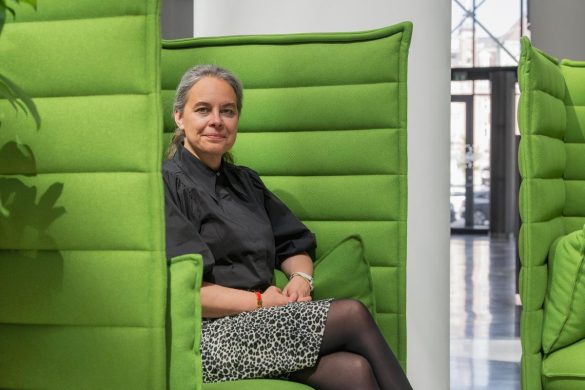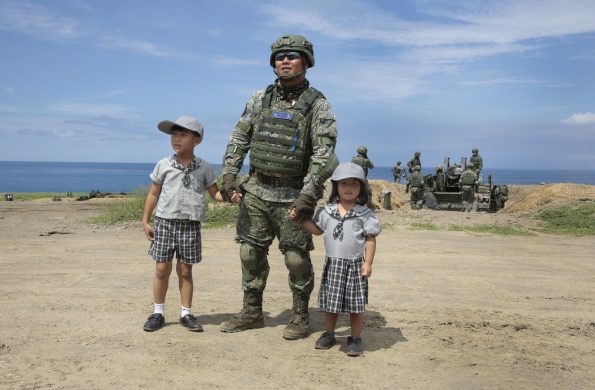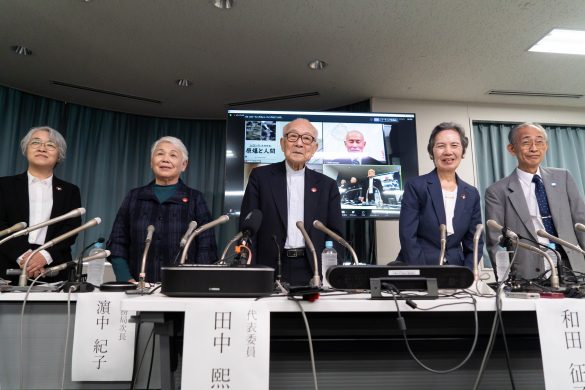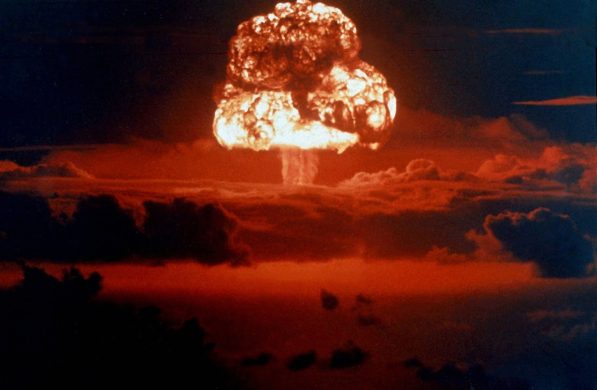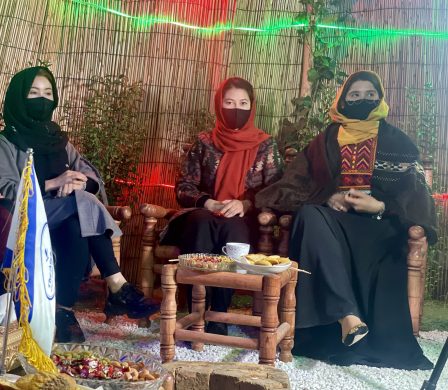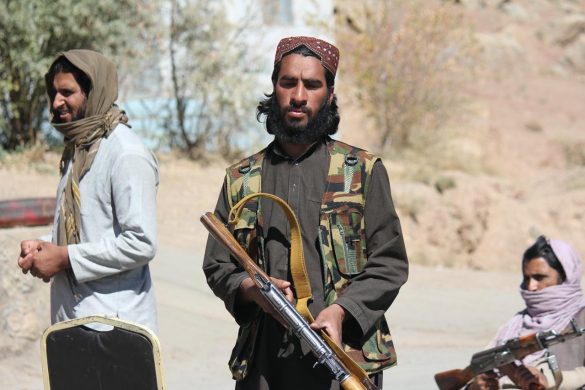VIENNA, 13 December 2010: Opium poppy cultivation surged in South-East Asia by 22 per cent in 2010, apparently due to the global economic crisis, with potential production value rising dramatically to 219 million US dollar, a 100 million increase over 2009, according to a United Nations report released Monday.
– Poverty and instability are two of the drivers which push farmers to grow, or sometimes return to growing, illicit crops, UN Office on Drugs and Crime (UNODC) Executive Director Yury Fedotov said of his agency’s 2010 South-East Asia Opium Survey, covering Laos, Burma and Thailand.
While progress has been made in reducing poppy fields over the past decade, the recent global economic crisis appears to have exacerbated the situation for poor communities and tempted many to enter the drug market. The rising price of opium over the last few years has also been instrumental in making its cultivation an attractive option for many.
In terms of cultivation, there was a 22 per cent increase between 2009 and 2010 in the region as a whole. Burma experienced the biggest increase in actual area with cultivation shooting up by 6.400 hectares (ha), or 20 per cent, to reach 38.100 ha.
In Laos the increase was the largest in percentage terms, 58 per cent, increasing from 1.900 ha to 3.000 ha. Thailand’s small cultivation increased marginally from 211 ha to 289 ha.
While poppy cultivation in South-East Asia remains well below the peak figures of the mid-1990s, when it hovered around 160.000 ha, the year-on-year increase over the past four years has been relentlessly upward, the survey shows.
– While Governments have increased their eradication efforts, the potential opium production in 2010 is estimated to have increased by approximately 75 per cent when compared to 2009, Mr. Fedotov said.
Beyond the overall larger areas cultivated in all three countries, yields in Burma shot up from 330 tons to 580 tons, levels in Laos rose by 7 tons to 18 tons and in Thailand they increased by 36 per cent from 3 tons to 5 tons.
In terms of eradication 9.135 ha of poppy fields in the region were destroyed in 2010, up by 85 per cent from 4.939 ha the previous year.
At country-level, the authorities in Burma cleared an estimated 8.268 ha, a 102 per cent rise from 2009. Eradication efforts in Laos dipped by 11 per cent from 651 ha to 579 ha, while Thailand succeeded in removing 278 ha compared with the 2009 level of 201 ha.
Kilde: FNs Nyhedstjeneste




